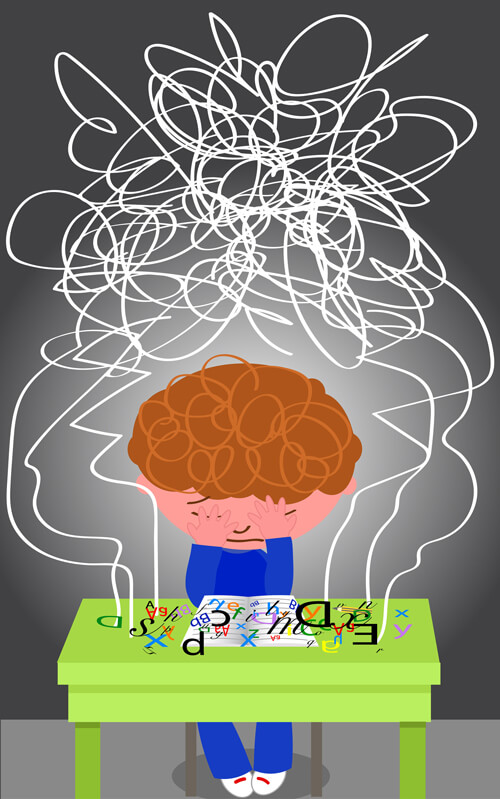Dyslexia
What is dyslexia?
In 2008, the Labour government tasked Sir Jim Rose with investigating how to improve provision for dyslexic children. The Rose Report that followed provides a widely-accepted definition:
“Dyslexia is a learning difficulty that primarily affects the skills involved in accurate and fluent word reading and spelling. Characteristic features of dyslexia are difficulties in phonological awareness, verbal memory and verbal processing speed. Dyslexia occurs across the range of intellectual abilities. It is best thought of as a continuum, not a distinct category, and there are no clear cut-off points. Co-occurring difficulties may be seen in aspects of language, motor co-ordination, mental calculation, concentration and personal organisation, but these are not, by themselves, markers of dyslexia.”
Interesting facts
- 10% of the population have dyslexia, with 5% having it severely
- Dyslexia runs in families
- Dyslexic students will have good and bad days and will find the school day very tiring
- Many people with dyslexia have successful lives through focusing on their strengths and maintaining high self-esteem, being taught in an appropriate style and employing useful strategies and I.T. resources
Characteristics of Dyslexia
If you recognise a few of the followings strengths and weaknesses, it might be helpful to have your child assessed for dyslexia.
Strengths: dyslexic students may be:
- Articulate.
- Intelligent.
- Very bright with a good memory for special interests.
- Creative thinkers – thinking outside the box and seeing the bigger picture.
- Entrepreneurs.
- Problem solvers.
- Good at science and maths.

And may have weaknesses in
- Pronunciation e.g. psghetti for spaghetti, recalling a common word from memory.
- Clapping syllables in words e.g. di no saur (3 syllables), recognising and generating rhyming patterns e.g. think and blink, hearing sounds in words and manipulating word sounds e.g. what is string without the r(sting).
- Reading single words accurately.
- Spelling accurately.
- Getting thoughts down on paper and structuring a piece of written work.
- Handwriting issues.
- Sequencing errors e.g. read no as on, difficulty counting backwards.
- Distinguishing left and right.
- Confusing b and d, 9 and p.
- Organisation.
- Holding onto a piece of information for a short period of time e.g. recalling a telephone number or an instruction.
- Mental maths, recalling information from text ,reading sounds and blending together to form a word e.g. b l a n k = blank.
- Taking in information and understanding it at reasonable speed e.g. reading a passage several times in order to comprehend.
- Maths e.g. recalling times tables, telling the time, direction.

